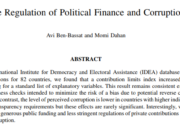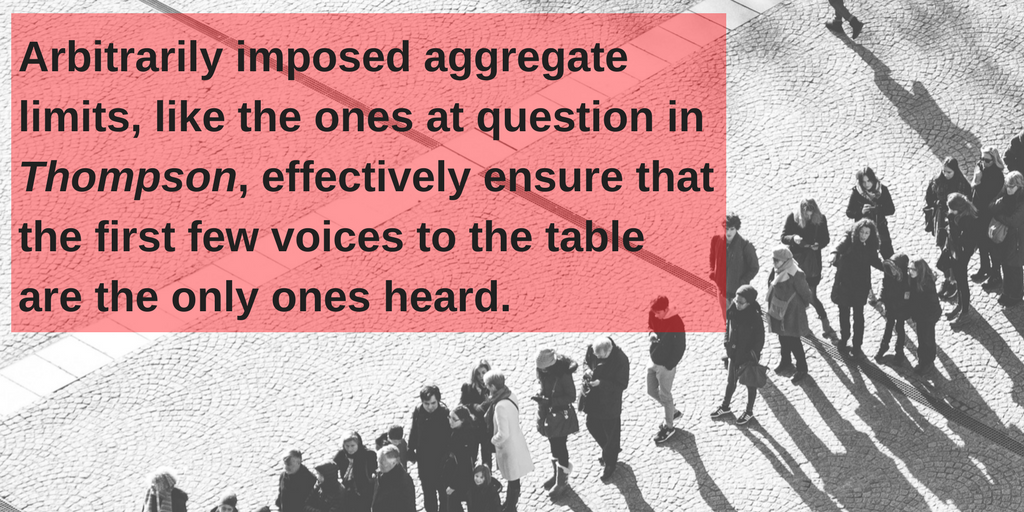Today we address a small but typical example of the kind of bias we routinely see creep into reporting on campaign finance. Today’s example comes from the small but influential trade publication, BNA’s Money and Politics Report (subscription required).
In Illinois, Governor Pat Quinn has signed a law which lifts all contribution limits in races in which independent spending by an individual or independent expenditure committee (so-called Super PACs) exceeds certain thresholds. This is smart legislation for many reasons which we cover ad nauseum at this site – more speech, greater voter knowledge, more competition, etc.. The thresholds are $250,000 for a statewide race, and $100,000 for other offices.
Reporting on the bill, BNA’s Michael Bologna calls these thresholds “huge sums.” Huge?
A statewide race in Illinois cost millions of dollars. For example, in the 201o U.S. Senate race, Republican Mark Kirk spent just over $14 million, and his opponent, Alexander Giannoulias, just under $10 million. That means the $250,000 threshold would be about 2.5% of what the lower spending candidate spent. But of course, this was a federal race, not covered by the Illinois state law. What of state races? In 2006, Rod Blagojevich spent $16.7 million in the Governor’s race, his Republican challenger approximately $7 million. In 2010, the Republican and Democratic candidates combined to spend over $30 million. Include primary spending and minor party candidates, and total spending in the Illinois governor’s race exceeded $60 million in 2010. Is this shocking? Not really. Illinois is a very populous state with a hugely expensive Chicago media market. Communicating to voters costs a good deal of money. $250,000, however, can hardly be considered “huge” in this context.
And lower statewide offices? Attorney General Lisa Madigan spent over $3.8 million in 2010; Secretary of State Jesse White over $4 million, both against weak challengers.
How about state legislative races, where the threshold for removing contribution limits is just $100,000? According to the Illinois Campaign for Political Reform, the states’ local campaign finance regulation advocate, at least 15 state legislative races in 2010 cost over $1 million.
One of the problems with public understanding of campaign finance is the failure to place spending in context. Reporters love to use terms phrases such as “war chests,” “awash with cash,” “a sea of money,” “unprecedented,” “enormous,” and, yes, “huge.”
A little better perspective a bit lighter use of adjectives could go a long way to improving the public’s understanding of campaign finance.














